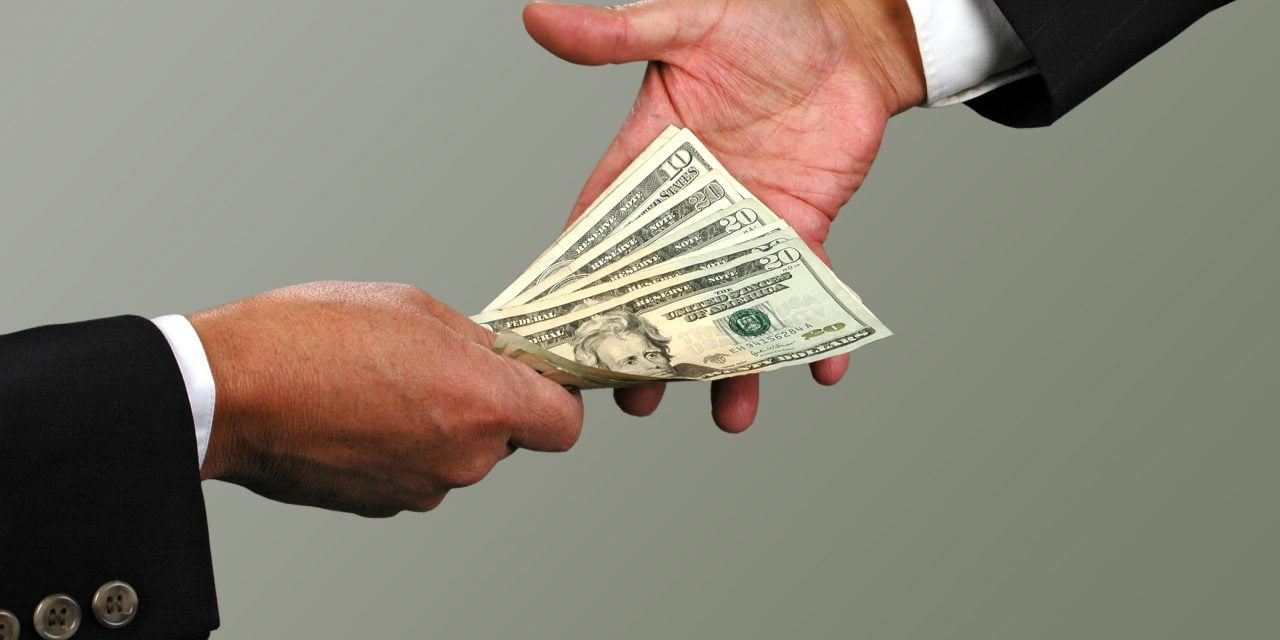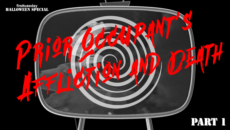What type of mortgage do you encourage homebuyer clients to take out if they have a low down payment?
- FHA loan. (63%, 40 Votes)
- Non-FHA loan. (37%, 23 Votes)
Total Voters: 63
Taking out a Federal Housing Administration (FHA) loan just got more expensive.
For loans originated beginning April 1, 2013, mortgage insurance premiums (MIPs) will increase an average of 0.1%.
The new MIPs are in addition to the interest rate. For loan terms greater than 15 years, the new MIPs are:
- 1.3% for loans less than or equal to $625,500 with a loan to value ratio (LTV) less than or equal to 95%;
- 1.35% for loans less than or equal to $625,500 with an LTV greater than 95%;
- 1.5% for loans greater than $625,500 with an LTV less than or equal to 95%; and
- 1.55% for loans greater than $625,500 with an LTV greater than 95%.
For loan terms of 15 years or less, the new MIPs are:
- 0.45% for loans less than or equal to $625,500 with an LTV of 78.01-90%;
- 0.7% for loans less than or equal to $625,500 with an LTV greater than 90%;
- 0.7% for loans greater than $625,500 with an LTV of 78.01-90%; and
- 0.95% for loans greater than $625,500 with an LTV greater than 90%.
This is in addition to stricter FHA guidelines that will go into effect on June 3, 2013, which include:
- manual underwriting for homebuyers whose debt-to-income ratio (DTI) exceeds 43% and whose credit scores are below 620;
- 5% minimum down payments on FHA loans greater than $625,000; and
- MIP to continue through the life of the loan (previously it was cancelled once the homeowner reached a 78% LTV).
Industry professionals point to these changes as further evidence the FHA is withdrawing from the market. FHA officials claim this is not the case. Rather, these rule changes are part of an effort to avoid further losses, which would inevitably lead to a bailout next year.
Related article:
first tuesday insight
Spread the news: for homebuyers with low down payments, it is cheaper to take out private mortgage insurance (PMI) than the MIP required through an FHA loan. Thus, they can borrow more to finance a higher priced home.
Not only are monthly fees lower for PMI, but these fees go away after the buyer pays off enough of the balance to reach a 78% LTV. MIP payments will go on and on…
PMI has historically been more difficult to qualify for due to strict credit score requirements. However, FHA requirements have become equally challenging during this recovery. In 2012 the average Fair Isaac Corporation (FICO) score for closed FHA loans was:
- 718 for refinances; and
- 700 for purchases, according to Ellie Mae, an independent mortgage data source.
This is up from credit scores in the low 600s the FHA would commonly accept during the Millennium Boom. The average FICO score for all closed loans in 2012 — including those requiring MIP or PMI — was 748.
Related article:
Of course, the best way to save money during the course of homeownership is to have a 20% down payment. This allows your buyer-clients to avoid these mortgage default insurance premiums.
These new FHA fees and guidelines limit options for buyers with low down payments. Presently, around 20% of all home loans originated in California are FHA-insured. The trend is downward from around 28% one year ago.
Thus, in the next couple years the first-time homebuyer population may decrease. They will rationally lack the willingness to take out an FHA-insured loan, since FHA financing greatly reduces the price range of the home they can buy. This demographic will realize the savings to be had and the home they want by putting off homeownership for the few years it takes to save up for a full down payment.
Re: FHA raises fees and insurance premiums for mortgages with low down payments from The Washington Post




















Very good article about changes coming to FHA financing. So few buyers are being informed about how much more cost effective Conventional financing with PMI is. And even fewer lenders giving buyers all the options on how to structure their PMI. It can be lender paid or borrower paid, paid upfront (single) or paid monthly, and some PMI is can even be refundable!